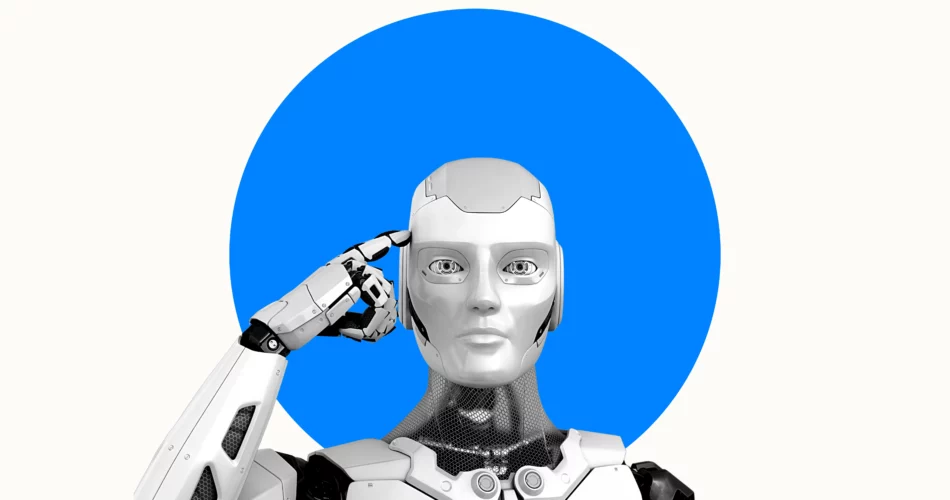Productivity software has been a cornerstone of modern business for decades, with tools like Microsoft Office and Google Suite enabling teams to collaborate and work efficiently. However, the advent of artificial intelligence (AI) has brought about a new era of productivity software, with AI-powered tools promising to revolutionize the way we work.
In this article, we’ll explore the state of productivity software in 2023 and the rise of AI for productivity. We’ll examine the latest AI-powered productivity tools, the benefits of AI for productivity, and the challenges and concerns associated with AI-powered productivity software.
The State of Productivity Software in 2023
In 2023, productivity software has evolved significantly from its early days. Today, productivity software encompasses a range of tools and technologies that enable teams to collaborate, communicate, and work efficiently.
Some of the most popular productivity software tools in 2023 include:
- Collaboration platforms: Collaboration platforms like Microsoft Teams, Slack, and Whatsapp provide a centralized location for team communication, project management, and file sharing. These platforms enable teams to work together in real-time, track progress, and stay organized.
- Cloud storage: Cloud storage solutions like Google Drive or Dropbox allow teams to store and share files securely. Cloud storage enables teams to access files from anywhere, collaborate on documents, and keep information up-to-date.
- Project management tools: Project management tools like Any.do Workspace, Trello, Monday.com, or Jira can help teams track progress, assign tasks, and manage deadlines. These tools provide a visual representation of the project, making it easier for teams to stay on track.
- Virtual whiteboards: Virtual whiteboards like Miro or Microsoft Whiteboard allow teams to collaborate visually. Teams can brainstorm ideas, map out workflows, and share ideas in real time.
The Rise of AI for Productivity
The rise of AI is transforming productivity software in ways that were previously unimaginable. AI-powered productivity tools promise to automate repetitive tasks, provide intelligent insights, and streamline workflows.
Some of the most promising AI-powered productivity tools include:
- Virtual assistants: Virtual assistants like Siri, Alexa, or Google Assistant can help automate tasks and provide intelligent insights. Virtual assistants can set reminders, schedule meetings, and even answer emails.
- Predictive analytics: Predictive analytics tools can help teams make more informed decisions by analyzing data and providing insights. These tools can identify patterns and trends, predict future outcomes, and even provide recommendations.
- Chatbots: Chatbots like ChatGPT can help automate customer service tasks, such as answering frequently asked questions or providing product recommendations. Chatbots can help reduce response times and improve customer satisfaction.
- Natural language processing (NLP): NLP enables machines to understand and interpret human language. NLP-powered tools can help automate tasks such as data entry, transcription, and even translation.
The Benefits of AI for Productivity
AI-powered productivity tools offer a range of benefits, including:
- Increased efficiency: AI-powered tools can automate repetitive tasks, freeing up time for more important work.
- Improved accuracy: AI-powered tools can provide more accurate insights and recommendations than humans alone.
- Better decision-making: AI-powered tools can analyze data and provide insights that can inform better decision-making.
- Enhanced customer experience: AI-powered tools can improve customer service by providing quick and accurate responses to inquiries.
The Challenges and Concerns of AI for Productivity
Despite the benefits of AI-powered productivity software, there are also concerns and challenges associated with these tools.
- Privacy and security: AI-powered productivity software often requires access to sensitive data, raising concerns about privacy and security.
- Job displacement: AI-powered tools can automate tasks that were previously done by humans, raising concerns about job displacement.
- Bias: AI-powered tools are only as unbiased as the data they are trained on. If the data contains biases, the tools may perpetuate those biases.
- Dependence on technology: As teams become more reliant on AI-powered tools, there is a risk of becoming too dependent on technology and losing critical thinking skills.
- Cost: AI-powered productivity software can be expensive, making it difficult for smaller businesses or teams to afford it.
Conclusion
The rise of AI for productivity is transforming the way we work. AI-powered productivity tools promise to automate tasks, provide intelligent insights, and streamline workflows. While there are concerns and challenges associated with AI-powered productivity software, the benefits are clear.
As we move forward into the future, it’s important for businesses and teams to carefully consider the benefits and challenges of AI-powered productivity software. By embracing these tools responsibly and thoughtfully, we can unlock new levels of efficiency, accuracy, and innovation in the workplace.

